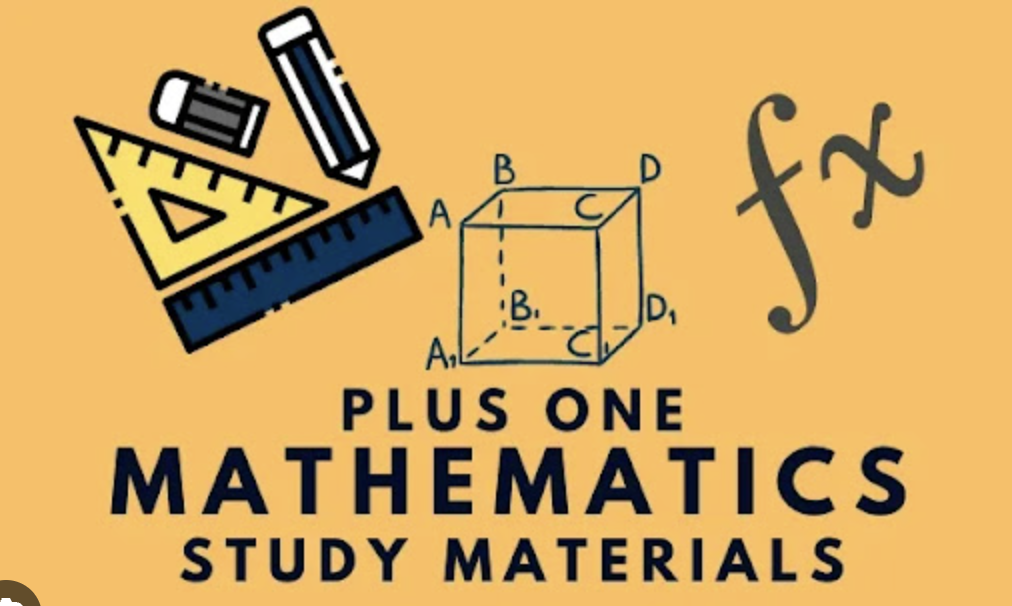Limits and derivatives form the cornerstone of calculus, introducing students to the mathematics of change and motion. This chapter covers the intuitive and formal approaches to limits, continuity of functions, and the derivative as a rate of change. Students will learn differentiation techniques and applications including slope of curves, tangent lines, rates of change, and optimization problems. These concepts provide essential tools for modeling dynamic systems in physics, economics, biology, and numerous other fields.
Chapter 13: Limits and Derivatives
Limits:
The limit of a function f(x) as x approaches a value c is the value that f(x) gets arbitrarily close to as x gets arbitrarily close to c.
- Notation: lim(x→c) f(x) = L
Properties of Limits:
- lim(x→c) [f(x) ± g(x)] = lim(x→c) f(x) ± lim(x→c) g(x)
- lim(x→c) [f(x) × g(x)] = lim(x→c) f(x) × lim(x→c) g(x)
- lim(x→c) [f(x)/g(x)] = lim(x→c) f(x)/lim(x→c) g(x), if lim(x→c) g(x) ≠ 0
Evaluating Limits:
- Direct substitution
- Factoring
- Rationalization
- L’Hôpital’s rule (for indeterminate forms)
Important Limits:
- lim(x→0) (sin x)/x = 1
- lim(x→0) (e^x – 1)/x = 1
- lim(x→0) (a^x – 1)/x = ln a
Derivatives:
The derivative of a function f(x) with respect to x is the instantaneous rate of change of f(x) with respect to x.
- Notation: f'(x) or df/dx
- Definition: f'(x) = lim(h→0) [f(x+h) – f(x)]/h
Basic Differentiation Rules:
- d/dx(c) = 0 (where c is a constant)
- d/dx(x^n) = nx^(n-1)
- d/dx(e^x) = e^x
- d/dx(ln x) = 1/x
- d/dx(sin x) = cos x
- d/dx(cos x) = -sin x
- d/dx(tan x) = sec²x
Laws of Differentiation:
- d/dx[f(x) ± g(x)] = f'(x) ± g'(x)
- d/dx[f(x) × g(x)] = f'(x)g(x) + f(x)g'(x) (Product Rule)
- d/dx[f(x)/g(x)] = [f'(x)g(x) – f(x)g'(x)]/[g(x)]² (Quotient Rule)
- d/dx[f(g(x))] = f'(g(x)) × g'(x) (Chain Rule)
Applications of Derivatives:
- Rate of change
- Tangent and normal to curves
- Increasing/decreasing functions
- Maxima and minima
- Approximations
Complete Chapter-wise Hsslive Plus One Maths Notes
Our HSSLive Plus One Maths Notes cover all chapters with key focus areas to help you organize your study effectively:
- Chapter 1 Sets
- Chapter 2 Relations and Functions
- Chapter 3 Trigonometric Functions
- Chapter 4 Principle of Mathematical Induction
- Chapter 5 Complex Numbers and Quadratic Equations
- Chapter 6 Linear Inequalities
- Chapter 7 Permutation and Combinations
- Chapter 8 Binomial Theorem
- Chapter 9 Sequences and Series
- Chapter 10 Straight Lines
- Chapter 11 Conic Sections
- Chapter 12 Introduction to Three Dimensional Geometry
- Chapter 13 Limits and Derivatives
- Chapter 14 Mathematical Reasoning
- Chapter 15 Statistics
- Chapter 16 Probability
